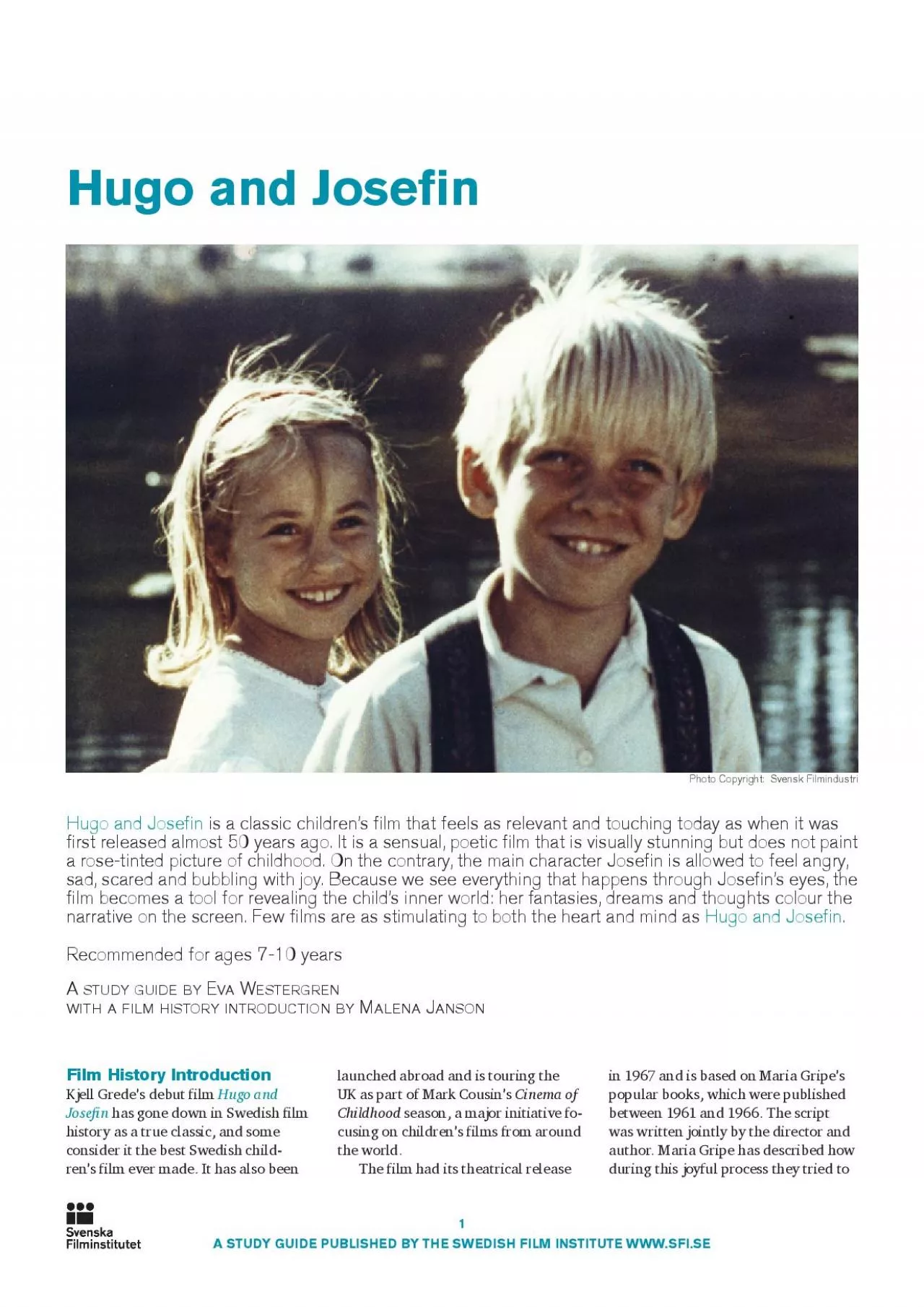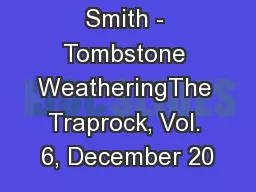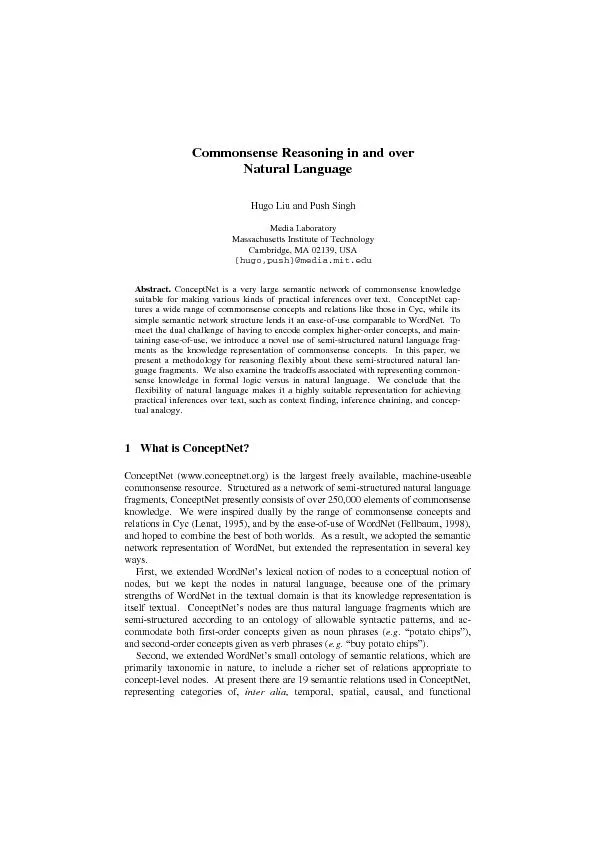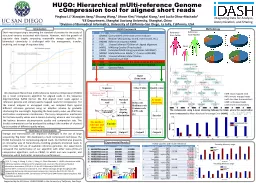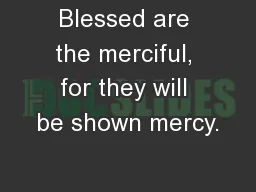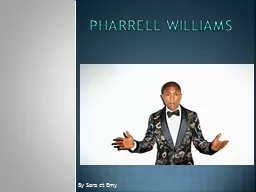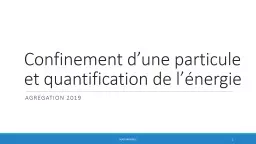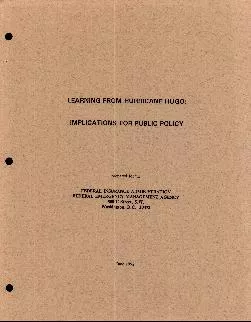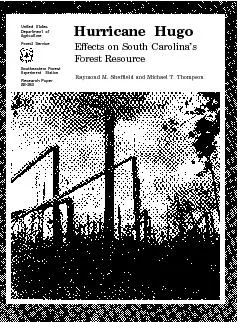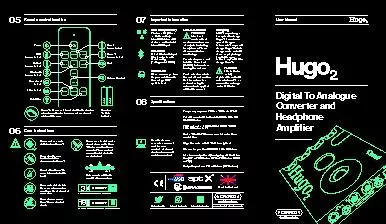PDF-Hugo and Josefin
Author : jainy | Published Date : 2022-10-27
Hugo and Josefin is a classic children146s film that feels as relevant and touching today as when it was first released almost 50 years ago It is a sensual poetic
Presentation Embed Code
Download Presentation
Download Presentation The PPT/PDF document "Hugo and Josefin" is the property of its rightful owner. Permission is granted to download and print the materials on this website for personal, non-commercial use only, and to display it on your personal computer provided you do not modify the materials and that you retain all copyright notices contained in the materials. By downloading content from our website, you accept the terms of this agreement.
Hugo and Josefin: Transcript
Download Rules Of Document
"Hugo and Josefin"The content belongs to its owner. You may download and print it for personal use, without modification, and keep all copyright notices. By downloading, you agree to these terms.
Related Documents

